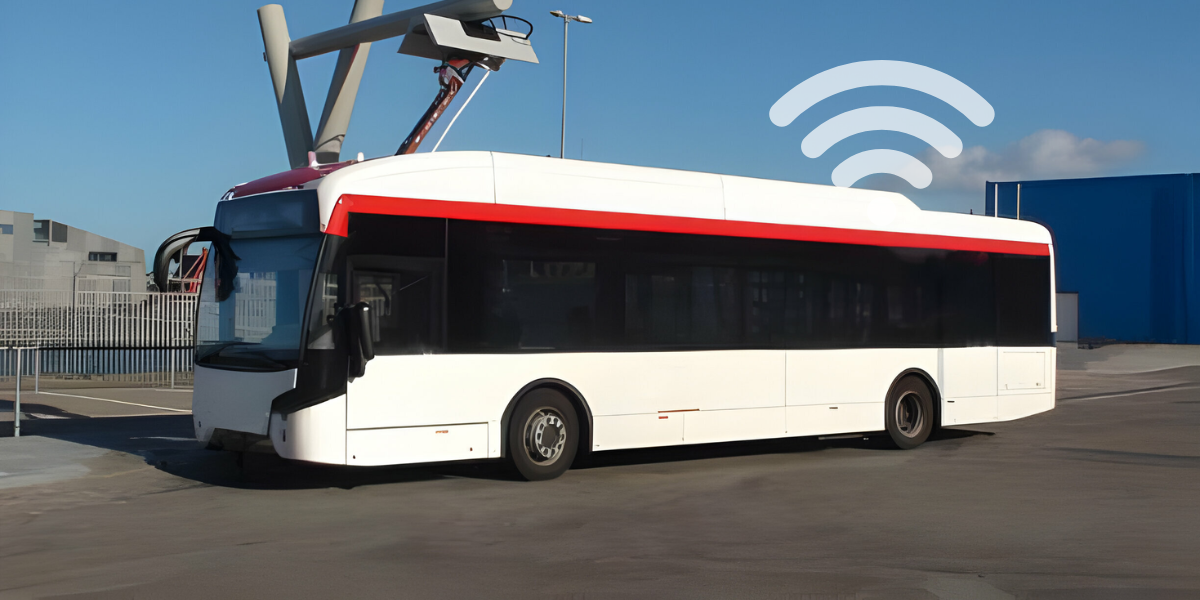Wi-Fi is easy to find in many places today, like restaurants and stores. But it’s harder to get on buses and trains. People usually use their own cell phones for internet on public transit because setting up Wi-Fi is expensive.
However, there are new ways to make Wi-Fi cheaper for buses and trains, and new technology is making internet connections faster. Some places already have Wi-Fi on trains using the latest cell technology.
Adding Wi-Fi to public transportation is popular because it helps people stay connected and productive during their commute. Many cities plan to bring Wi-Fi to buses and trains in the future, similar to libraries and schools.
Roadblocks In The Way
Putting Wi-Fi on moving vehicles, like buses and trains, has been tough. One big problem is getting a good internet connection when the vehicle is moving fast, like 60 miles per hour. They use a special device called a router, which connects to the internet through a cell network and shares it with devices nearby, like phones and laptops.
But there have been two main issues. First, the technology sometimes couldn’t handle many people using it simultaneously. Second, it costs a lot to keep it working.
In places like Seattle and on Caltrain in San Francisco, they tried offering Wi-Fi on buses and trains, but had to stop because it couldn’t keep up with everyone using it. Even on Amtrak trains, where they still offer Wi-Fi, many people complain that it’s slow or doesn’t work well.
Even though it’s not too expensive to install Wi-Fi on buses and trains, many cities had to cut back on spending, so Wi-Fi wasn’t a top priority.
Being An Enabler
Even though transport systems don’t offer internet, they’re helping commuters using their own cell phone plans. They’re adding more power plugs near seats and working with cell phone companies to improve signals, like in underground tunnels.
4G Will Help
The good news is that technology is improving, and businesses are coming up with new ideas that make Wi-Fi on buses much better. Speaking of technology, you can get a VOD system in UAE from Datasys.
The big cell phone companies like Verizon and AT&T are rolling out a new type of service called 4G LTE, which means buses can connect to the internet much faster now. Buses get Wi-Fi before trains because they move slower and usually in areas where cell service is good.
If you search online, you’ll find that many bus systems across the country offer free Wi-Fi, like in San Francisco, Miami, Durham, Utah, and near Kansas City. Some private buses also have free Wi-Fi, which is great for people who have long commutes between big cities.
Even Greyhound buses now have Wi-Fi on some routes in places like Chicago, Texas, and California.
Rob Taylo, who helps bring Wi-Fi to buses, says that the new Wi-Fi devices can connect to multiple cell networks at once, which is a big improvement from before when they could only connect to one.

Advertising Models
Businesses are showing more interest in sponsoring Wi-Fi services to advertise to people using public transportation. For example, Google Offers sponsored free Wi-Fi in New York City’s subway stations, and other sponsors are joining in. In places like Silicon Valley, tech companies are also sponsoring Wi-Fi on buses and trains.
Statistics from places like Boston’s MBTA and Santa Clara VTA show that many people use Wi-Fi on public transit. For example, in July, nearly 16,000 riders used the VTA’s free Wi-Fi over 75,000 times, with an average online time of around 25 minutes and average downloads of 13.2 megabytes of data. The VTA uses a 4G network called Clearwire WiMAX for its Wi-Fi.
Final Thoughts:
Advancements in technology and innovative business models are overcoming challenges in providing Wi-Fi on moving vehicles. 4G LTE services enhance connectivity, especially on buses with slower speeds and better cell coverage.
Sponsorship models are expanding Wi-Fi services, appealing to businesses to advertise to commuters. Growing demand for Wi-Fi on public transit underscores its importance in modern commuting. With ongoing developments and collaboration, the future of Wi-Fi on buses and trains is promising.









